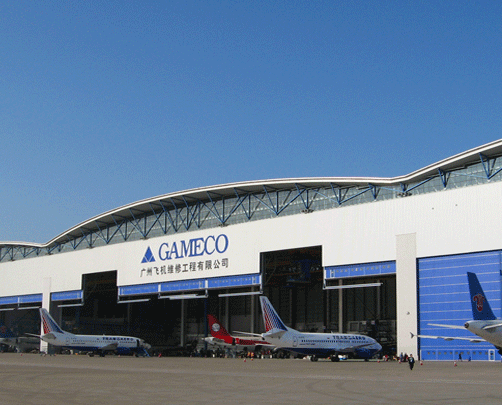
Credit: GAMECO
Some of the leading Asia-Pacific MRO organizations are pushing ahead with expansion plans despite the fact that their revenues have been dealt a significant blow over the past 18 months by the COVID-19 pandemic. GAMECO remains on course to finish a large hangar construction project in Guangzhou by...
Subscription Required
This content requires a subscription to one of the Aviation Week Intelligence Network (AWIN) bundles.
Schedule a demo today to find out how you can access this content and similar content related to your area of the global aviation industry.
Already an AWIN subscriber? Login
Did you know? Aviation Week has won top honors multiple times in the Jesse H. Neal National Business Journalism Awards, the business-to-business media equivalent of the Pulitzer Prizes.

